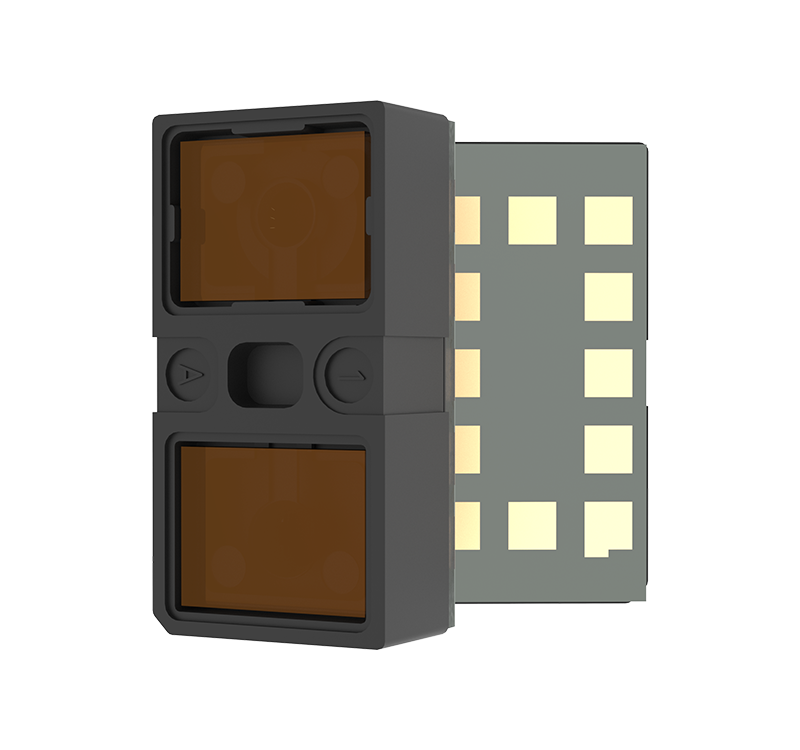

At present, not only has the power source, drive mode, and driving experience of the car changed, but the cabin has also said goodbye to the traditional dull mechanical and electronic space, and the level of intelligence has soared. It has become the "third space" in people's lives after the home and office.
Through the face, fingerprint recognition, voice/gesture interaction, multi-screen linkage, and other high-tech technologies, the current car intelligent cockpit in environmental perception, information collection, and processing capabilities have been significantly enhanced to become a human driving "intelligent assistant".
In many applications such as gesture recognition, DMS/OMS have the figure of depth perception and low-light imaging sensors, which can effectively ensure the safety of people driving and enhance the intelligent driving experience.

Driving under extreme circumstances such as rain fog or low ambient light situation could raise the possibility of car accident. Traffic accidents caused by obstructed vision is common.
In enhancing the car's intelligent perception ability and improving driving safety, the car's night vision camera imaging clarity is gradually becoming the focus of public attention.
Night vision cameras equipped with PCI micro-light imaging sensors not only have a robust dark state capture capability, but also can directly output image data, i.e., they can quickly generate images in different environments and are widely used in scenarios such as visual ADAS, driving recorders, 360 surround view, and streaming rearview mirrors, helping cars drive safer at night or in dark light environments.

LiDAR is an active measurement device that emits laser light to measure the precise distance between an object and a sensor and is widely used in the field of driverless cars as the "eyes" of robots in a broad sense.
In addition to the driverless field, the application areas of LiDAR are also expanding, including front-loading advanced assisted driving, obstacle avoidance navigation systems, and intelligent transportation vehicle-road cooperation applications arising from the popularization of 5G technology, all bringing a broader market for LiDAR.















